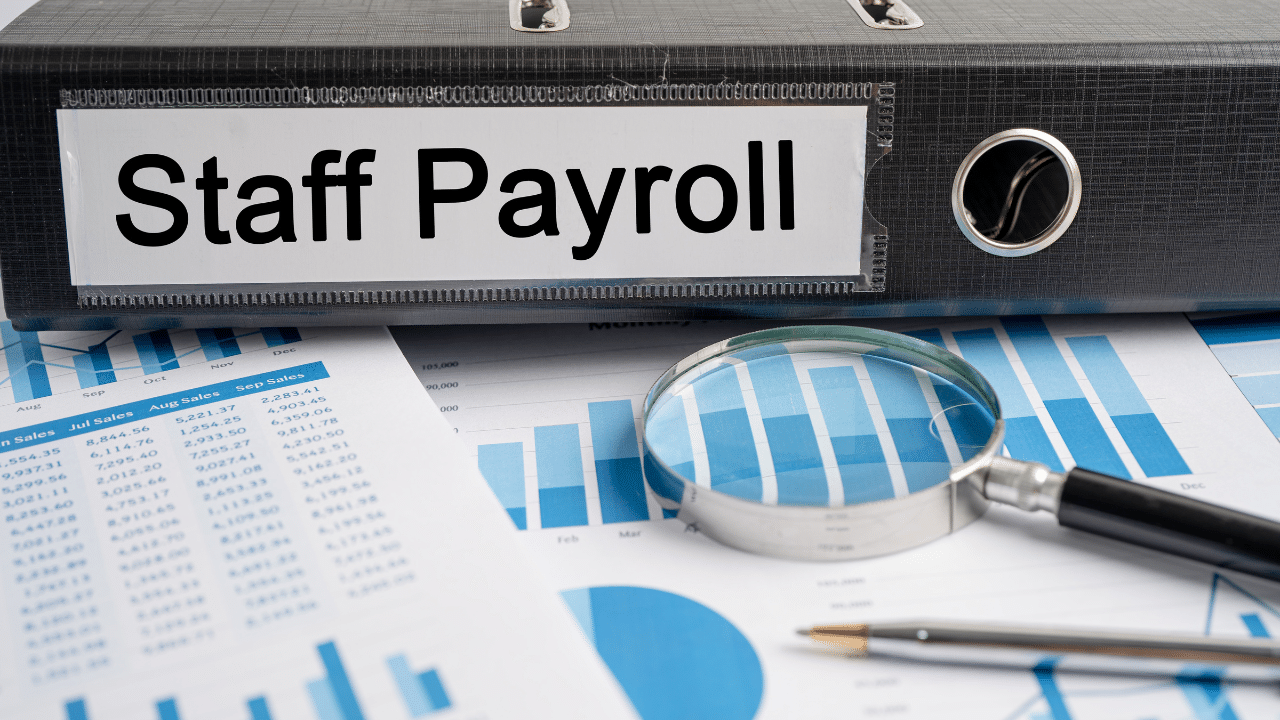
🇪🇪 How to Set Up Payroll in Estonia (2025 Guide)
Setting up payroll in Estonia is a smooth and structured process, thanks to the country’s advanced digital infrastructure and transparent tax system. Whether you’re opening a local business or expanding internationally, understanding payroll setup is essential to stay compliant with labor and tax regulations.
This guide walks you through the key steps — from company formation to monthly salary payments — in a natural, easy-to-follow format.
🏢 First, You Need a Legal Entity
To process payroll in Estonia, you must first establish a legal entity, typically a private limited company (OÜ). Your company must be registered with the Estonian Business Register.
You don’t have to do this on your own — you can hire Eesti Consulting to handle the incorporation process for you. They can help register your company remotely using e-Residency or in person through a notary public. If you’re in a hurry, it’s also possible to purchase a ready-made (shelf) company, giving you a fast track to start operations.
Once your company is legally established, you’re ready to proceed with payroll setup.
🧾 Register with the Tax Board and Employment Registry
The next step is to register with the Estonian Tax and Customs Board via the digital e-Tax system. This platform is used to file and pay all payroll-related taxes and contributions. In addition, every employee must be added to the Employment Register (TÖR) before their first working day.
Both of these systems are fully online and accessible with your e-Residency card or Estonian ID.
👩💼 Collect Employee Information and Define Payroll Terms
To set up accurate payroll, you’ll need essential information from each employee, such as:
-
- Full name and ID number
- Address
- Date of hire
- Salary terms
- Tax and social security status
In Estonia, salaries are typically paid monthly, and employees must receive their pay by the last working day of each month. You should also define your internal payroll rules for leave, sick days, bonuses, and overtime, in line with Estonian labor law.
⚙️ Choose How You’ll Process Payroll
There are several ways to run payroll in Estonia. You can:
-
- Use in-house accounting staff and software
- Outsource to a local payroll provider or accountant
- Hire an Employer of Record (EOR) service if you don’t want to open your own company
- Use hybrid solutions combining software and consulting
Many businesses choose to outsource for simplicity and legal compliance, especially during the early stages.
Pro Tip: Explore the best accounting software in Estonia
🧮 Calculate Gross-to-Net Salary
To determine how much each employee receives, you’ll need to calculate the net salary from the agreed gross amount by applying taxes and social contributions.
📊 Typical Payroll Deductions in Estonia (2025)
| Type of Contribution | Paid By | Rate |
|---|---|---|
| Income tax | Employee | 20% |
| Pension (II pillar) | Employee | 2% |
| Unemployment insurance | Employee | 1.6% |
| Unemployment insurance | Employer | 0.8% |
| Social tax | Employer | 33% |
⚠️ Note: From 2025, the income tax rate will increase to 22%, and VAT will rise from 20% to 22%, though VAT does not directly affect payroll management services.
💳 Pay Salaries and Issue Payslips
Once net salaries are calculated, payments must be transferred to employees’ bank accounts by the agreed payday, typically the last working day of the month. It’s also mandatory to issue payslips, either electronically or on paper, showing the breakdown of deductions and taxes.
💰 Declare and Pay Taxes via e-Tax
Each month, you must file a payroll report via the e-Tax system and pay the following:
-
- Withheld income tax
- Employee social contributions
- Employer’s social tax
- Unemployment insurance contributions
These payments are due by the 10th of the following month.
📁 Keep Payroll Records and Stay Compliant
Payroll records must be stored securely and be available for audits. This includes:
-
- Employment contracts
- Payslips
- Tax declarations
- Proof of payments
Make sure your records comply with GDPR and local labor law.
🔄 Stay Updated on Payroll Regulations
Estonian tax law changes are often transparent and published well in advance. However, it’s still crucial to stay informed, especially as tax rates are changing in 2025.
Monitoring updates through the Estonian Tax Board, legal advisors, or payroll providers like Eesti Consulting can help you avoid compliance issues.
✅ Summary Table: Setting Up Payroll in Estonia
| Step | Action Required |
|---|---|
| Legal entity setup | Register an OÜ or buy a ready-made company with help from Eesti Consulting |
| Register with Tax Board | Use e-Tax system to declare taxes and access payroll tools |
| Register employees | Add each worker to the Employment Register before they begin |
| Set up payroll terms | Define salary dates, frequency, and employment policies |
| Calculate deductions | Apply income tax, social tax, and other contributions |
| Pay salaries | Transfer net pay by month-end and provide payslips |
| File reports and pay taxes | Submit monthly declarations by the 10th and pay relevant contributions |
| Maintain records | Store contracts, payslips, and tax filings securely |
| Monitor tax changes | Stay current with legal updates and tax reform |